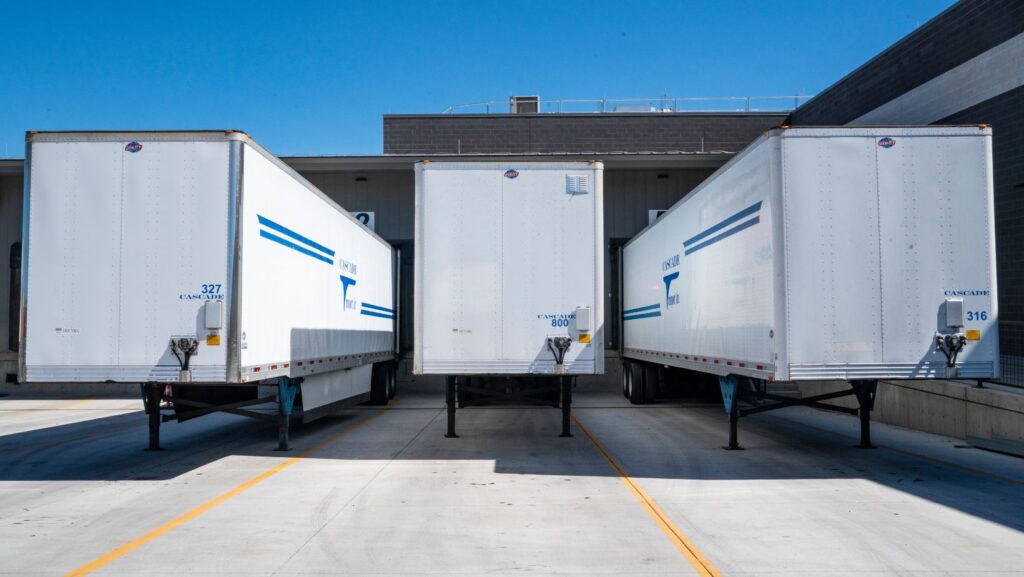
Shipping a vehicle can be a crucial step, and when you receive several quotes from other carriers, it can be challenging to determine which one is better suited for your needs. Understanding the factors that cause these quotes to differ can help consumers make an informed choice. Car shipping involves determining the dates for export and many other factors in between. To simplify the complex process of car shipping, this guide addresses the key questions that determine car shipping costs, thus enabling you to navigate this process with confidence and clarity.
Distance and Location
Shipping fees primarily depend on distance. Naturally, longer distances consume more fuel and take longer, which results in increased charges. And, location matters a lot. Car transportation tends to cost more in remote areas because there are fewer frequent routes and fewer carriers available. In more urban areas with numerous routes, the price is often slightly more competitive due to higher demand and accessibility.
Type of Vehicle
The size, weight, and type of vehicle to be shipped can all affect variations in New York car shipping quotes. Trucks or SUVs that are larger and heavier often come at a greater cost due to the increased space and fuel consumption. Some vehicles, such as classic cars or luxury models, are unique and may require special equipment upon delivery and shipment, which can alter costs. Additional measures that carriers must follow to ensure safety will increase the overall cost of operations.
Transport Method
There are options for both open and enclosed consumers. With open transport, which is more affordable than enclosed transport, vehicles face exposure to the elements. For instance, enclosed transport provides additional protection against the elements and road debris, which makes it a popular option for customers shipping exotic or luxury vehicles. This method is more expensive as it offers low availability and higher demand for protection.
Seasonal Demand
The time of the year can also affect New York car shipping prices. Demand influences the cost of transport services, which means that prices are generally higher during the high or peak season (for example, the summer period or holiday time). The opposite can be said in off-peak times, as carriers will likely try to attract customers with lower prices. By understanding these seasonal trends, consumers can optimize their shipping costs and expenses.

Carrier Reputation and Services
The quality of customer care of a car carrier may also factor into prices. Carriers with a proven track record of performance and customer service can command higher rates for their services. Many cover more ground when they mention company perks, such as better insurance or faster delivery times. Consumers may pay a premium for competence alone while seeking reassurance and a sense of peace of mind.
Fuel Prices and Regulations
The shipping costs may be impacted directly by fuel prices. With rising fuel prices, carriers may increase their rates to offset additional costs. Moreover, the regulations and permits required for interstate transport vary, which also affects the final quote. These factors are sometimes outside the influence of both the carrier and the consumer, but they must still consider them.
Insurance and Security
One of the critical cost determinants is the dollar amount of insurance coverage provided by the carrier. Basic coverage is typically included in every quote, while additional insurance options may be available at an increased cost. It is an option for those who desire additional protection for their vehicle. Security measures may also affect the overall price, including tracking services or extra handling precautions.
Additional Fees
Be aware of a potential additional fee not included in the initial price quote. Additional costs may apply for expedited shipping, storing, or special handling. A carrier must be aware and on board with these potential charges for the shipment to avoid unexpected costs. You need to know what you are getting with the quote to be able to budget appropriately.
Conclusion
By understanding why car transport quotes vary considerably between auto carriers, consumers will be better equipped to select the most suitable transport service for their needs. Distance, type of vehicle, method of transport, and market competition are some of the factors that can help you and all other car or vehicle owners deal with this intricate process more efficiently. Furthermore, you enhance decision-making with knowledge of seasonal demand, carrier reputation, and potential ancillary costs. With this knowledge in mind, consumers are better equipped to make informed choices that ensure they meet their car transport needs smoothly and affordably.
